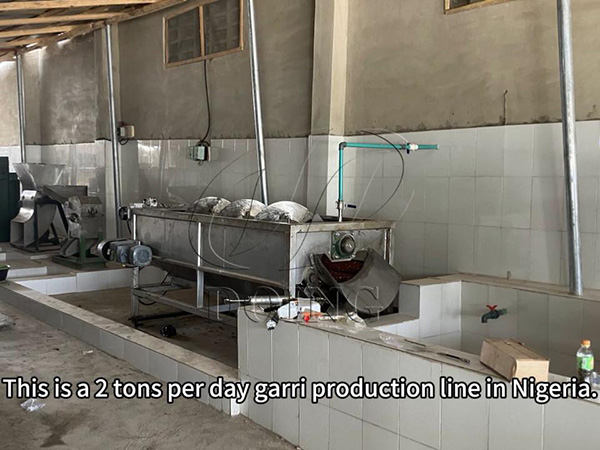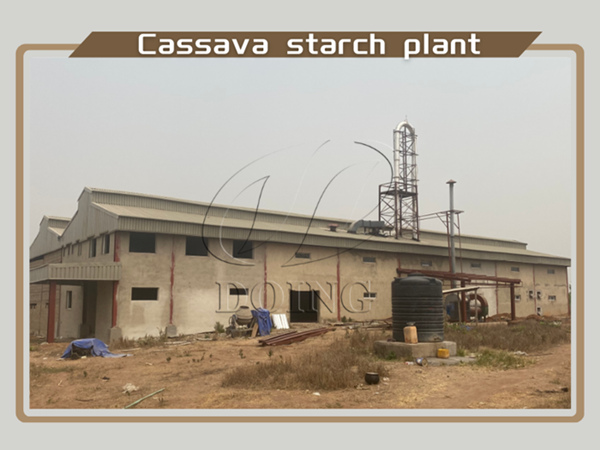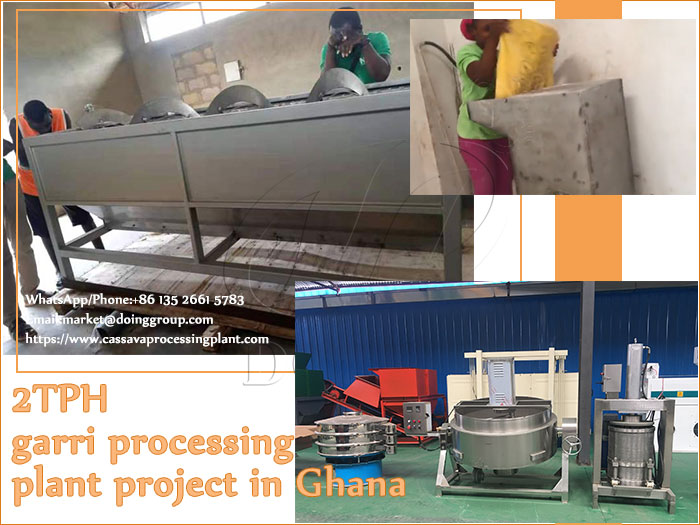
What can be done with cassava peels and peeled cassava?
FAQ/ Chat online/ Leave a message/ April 9, 2025
Cassava, a staple crop for millions in tropical regions. Due to the toxicity of cassava peels, peeling is an important step in cassava processing, where generates significant by-products—namely, cassava peels and peeled cassava. So what can be done with cassava peels and peeled cassava?
Henan Jinrui, the professional cassava processing equipment supplier, will explain to you several important applications of cassava peels and peeled cassava. Instead of viewing these by-products as agricultural waste, we will use innovative strategies to transform them into valuable resources, thereby promoting sustainable development and food security.
Cassava Peels: Turning Scraps into Opportunities
In the cassava processing industry, a large amount of cassava peels will be produced after peeling machines or manual processing. A large amount of cassava peels are often treated as scraps, but in fact, cassava peels can be recycled after proper treatment. Below, Henan Jinrui will introduce you to several main uses of cassava peels to help you maximize the benefits of the cassava processing industry!
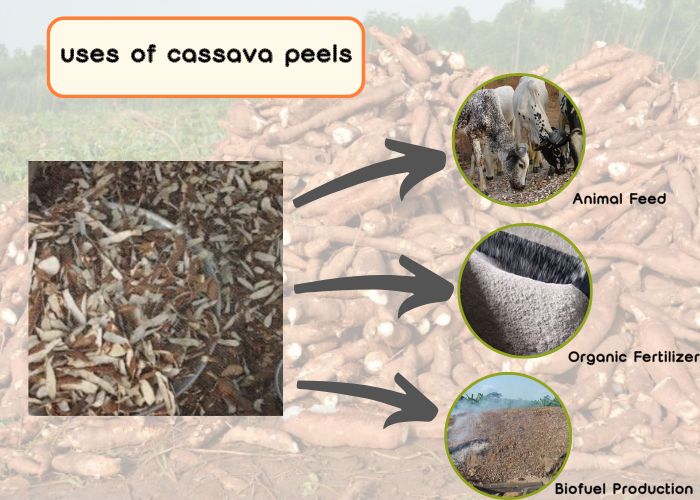 Uses of cassava peels
Uses of cassava peels
Animal Feed
Cassava peels, traditionally discarded or burned, hold untapped potential. Research demonstrates that when mixed with cassava leaves and cowpea vines, dried cassava peels can serve as a nutritious supplement in livestock feed. For example, trials in West Africa showed improved growth performance, feed intake, and nitrogen utilization in West African Dwarf goats fed with peel-based diets. This approach not only reduces feed costs but also addresses the challenge of cassava peels becoming agricultural waste. However, it is worth noting that cassava peels contain cyanogenic glycosides, which release toxic cyanide. Proper detoxification methods, such as sun-drying, fermentation, or chemical treatment, must be applied to ensure safety.
Organic Fertilizer
In addition to animal feed, cassava peels can also be processed into organic fertilizers, integrated into circular agricultural systems in line with sustainable development goals. Before processing, the cassava peels are cut into small pieces (2-3 cm) and dried. This method not only reduces waste, but also provides a nutrient-rich soil conditioner, thereby increasing crop yields. Using cassava peels as a substrate for organic fertilizer production has shown potential to improve soil fertility and crop growth.
Biofuel Production
Cassava peels are rich in cellulose and hemicellulose, making them an excellent feedstock for biofuel production. Through processes like hydrolysis, fermentation, and anaerobic digestion, cassava peels can be converted into bioethanol, biogas, and biohydrogen. Proper preparation, such as soaking, drying, and grinding, can improve the yield of biofuel from cassava peels. Cassava peels used for biofuel not only provides a renewable energy source but also reduces the environmental impact of agricultural waste.
Peeled Cassava: A Versatile Carbohydrate Source
After cassava is peeled, in addition to the common uses in food processing, what else can it be used for? Below, Henan Jinrui will introduces the main uses of peeled cassava for you.
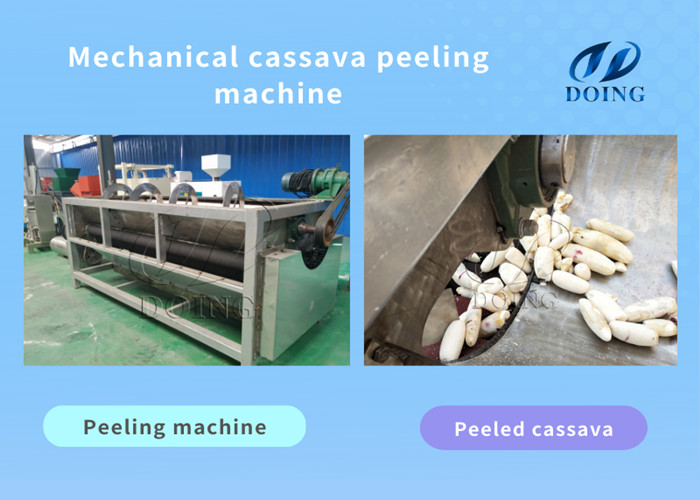 Cassava peeling equipment
Cassava peeling equipment
Food Processing
A common use of peeled cassava roots is in food processing, which is an important source of carbohydrates worldwide. Peeled cassava can be processed into garri, cassava flour, cassava starch and other foods through specific cassava processing equipment. In addition, peeled cassava can be processed into high-quality cassava chips for snacks and other foods. For example, the cassava processing equipment provided by Henan Jinrui can process peeled cassava into cassava chips for sale or cassava flour processing.
Industrial Uses
Beyond food processing, peeled cassava has significant industrial applications. Cassava starch processed by peeled cassava is used in the production of bioethanol, offering a renewable energy alternative. The starch can also be used in papermaking, textile sizing, and pharmaceuticals. The versatility of peeled cassava makes it a cornerstone of food security and agro-industrial growth in developing nations.
Other Uses
Peeled cassava can also be used in the production of biodegradable plastics and other bio-based materials. The roots contain compounds with wound-healing, anticancer, and hypotensive properties, making them a potential source for pharmaceuticals.
Through this article, we have a certain understanding of the uses of cassava peel and peeled cassava. However, if you want to carry out a cassava peels or peeled cassava processing business, it is very important to choose the right peeling equipment. The cassava peeling machine designed by Henan Jinrui adopts sand roller peeling and is equipped with a spray device. While improving the peeling efficiency, it can also ensure the peeling effect. If you have any needs for cassava processing equipment, please feel free to consult us. Henan Jinrui will be your best choice!
Leave A Message
- Do you want to buy machine?
- Yes, I want to buy machine
- No, I want to learn more in advance.
- What is your raw material?
- Cassava
- Potato
- Sweet potato
- Others
- 2. What is the final product you want to produce?
- Garri
- Cassava flour
- Cassava starch
- Cassava chips
- Attiekie
- Bammy
- Others
- 3.What is your capacity plan?
- Small scale garri machine
- 1ton per day
- 2tons per day
- 3tons per day
- 10tons per day
- 20tons per day
- Others
- 3.What is your capacity plan?
- Small scale
- 5tons per day
- 10tons per day
- 20tons per day
- 50tons per day
- 100tons per day
- Others
- 3.What is your capacity plan?
- Small scale
- 5tons per day
- 10tons per day
- 20tons per day
- 50tons per day
- 100tons per day
- 200tons per day
- 300tons per day
- Others
- 3.What is your capacity plan?
- Small scale
- Middle type
- Large scale
- What is your capacity plan?
- Small scale
- 5tons per day
- 10tons per day
- 20tons per day
- 50tons per day
- 100tons per day
- 200tons per day
- 300tons per day
- Others

